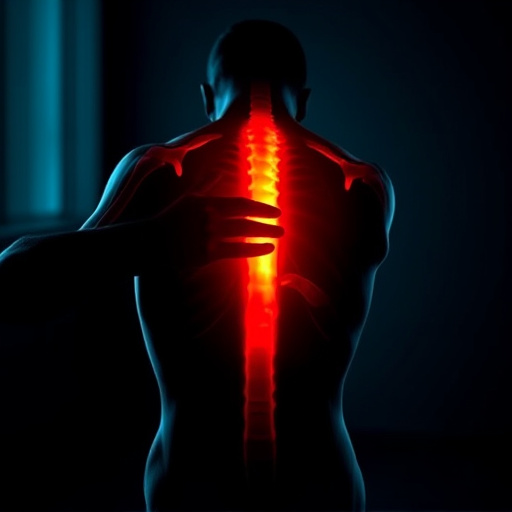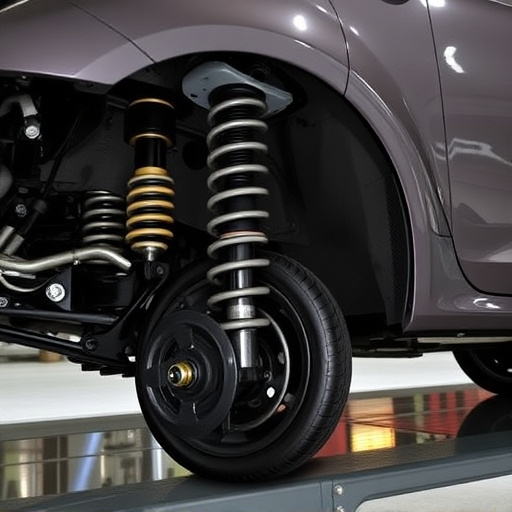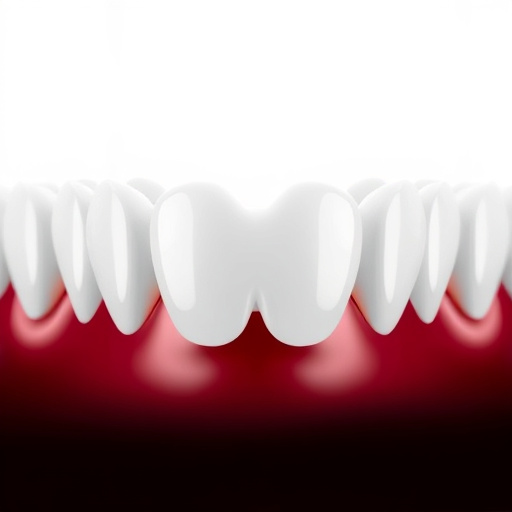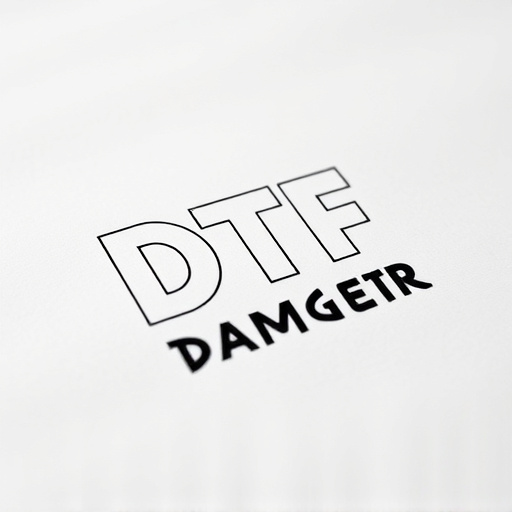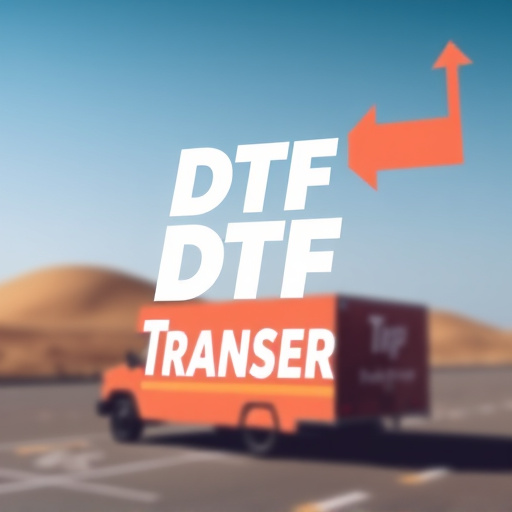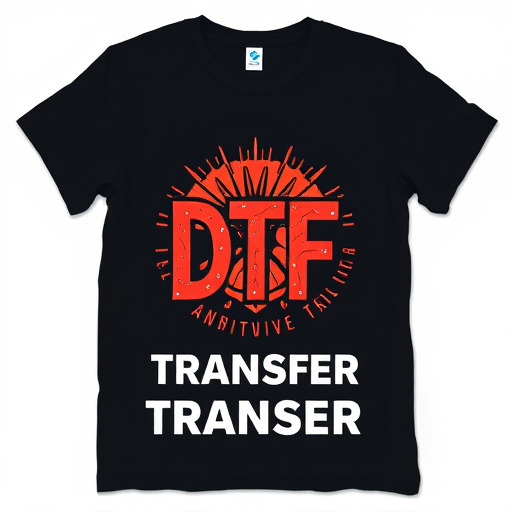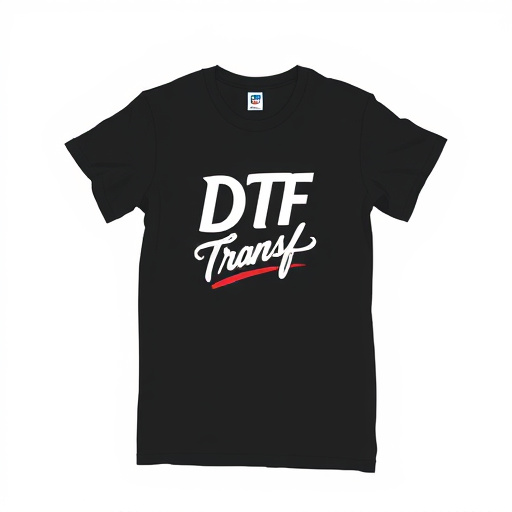Direct-to-Film (DTF) transfer printing has transformed custom design in apparel and other sectors with its precision, vibrant color, and efficiency. Key benefits include faster production times, intricate detail capabilities, and lower costs for small batches compared to traditional methods. DTF offers superior durability and quality over Heat Transfer Vinyl (HTV), which is more suited for complex designs at scale due to higher upfront investment. The choice between DTF and HTV depends on intended use, aesthetics, and whether design intricacy or production volume is the priority.
In the realm of printing and design, Direct-to-Film (DTF) transfers and heat transfer vinyl offer distinct yet powerful methods for creating durable, high-quality designs. This article delves into the intricate details of each process—from understanding the DTF transfer’s direct application to exploring the versatility of heat transfer vinyl. We’ll compare their quality, cost, durability, and creative potential, empowering you with insights to make informed choices for your next project, whether it’s clothing, signage, or more.
- Understanding Direct-to-Film (DTF) Transfer: A Comprehensive Overview
- The Heat Transfer Vinyl Process: How It Works and Its Applications
- Comparing Quality: DTF Transfers vs. Heat Transfer Vinyl Prints
- Cost Analysis: Uncovering the Financial Implications of Each Method
- Durability and Longevity: Assessing the Resistance of DTF and Heat Transfer Designs
- Creative Flexibility: Exploring Design Possibilities with Both Techniques
Understanding Direct-to-Film (DTF) Transfer: A Comprehensive Overview
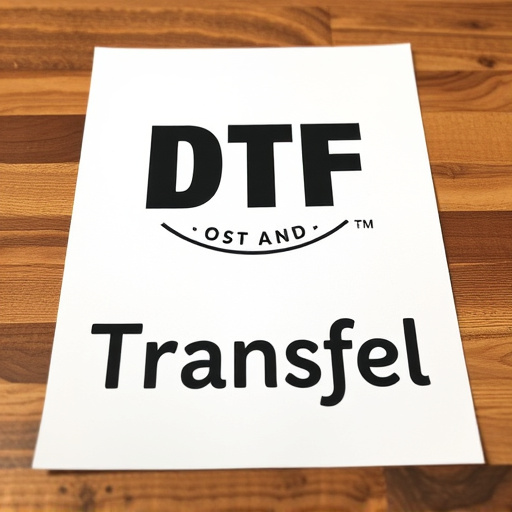
Direct-to-Film (DTF) transfer is a cutting-edge printing method that has transformed the way we create custom designs on various materials, especially in the apparel industry. This innovative process involves applying ink directly onto a film, which is then pressed against the substrate—be it fabric, leather, or other materials—to achieve a crisp, high-quality print. DTF offers unparalleled precision and detail, making it ideal for complex artwork and intricate designs that were previously challenging to reproduce.
DTF transfer has gained significant traction due to its versatility and efficiency. It eliminates the need for costly set-up times associated with traditional printing methods, allowing businesses and designers to produce custom prints swiftly. Moreover, DTF Printing enables the reproduction of vibrant colors and fine lines, ensuring that each design is a true representation of the original artwork. This technology has democratized customization, empowering small businesses and entrepreneurs to offer personalized products with ease and speed.
The Heat Transfer Vinyl Process: How It Works and Its Applications
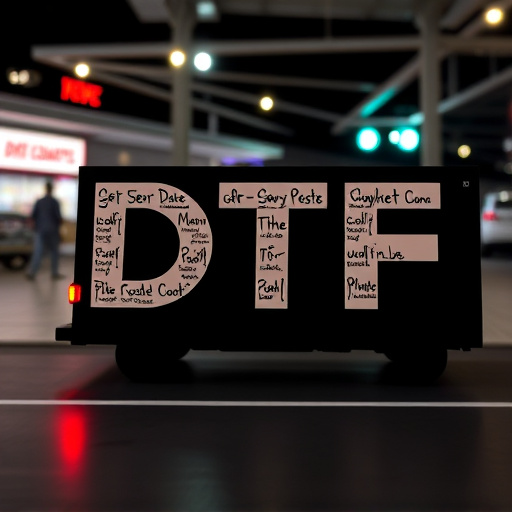
The Heat Transfer Vinyl (HTV) process involves applying heat and pressure to transfer design elements from a carrier sheet onto a variety of materials, most commonly fabric or other textiles. This method is widely known for its versatility in creating custom designs on t-shirts, hats, bags, and more. The process begins with the preparation of the design, which can be created digitally using specialized software. Once ready, the design is separated from the carrier sheet and aligned onto a heat press machine. When pressure and heat are applied, the ink or dye from the design is imprinted onto the target material.
HTV offers numerous applications beyond apparel customization. It’s utilized in industries such as signage, promoting events or businesses, creating personalized gifts, and even in the manufacturing of labels for food packaging. The direct-to-film (DTF) transfer process, a variant of HTV, streamlines production by eliminating the need for separate printing and cutting steps, making it an efficient choice for high-volume orders or intricate designs that demand precise placement. DTF prints offer excellent color vibrancy and durability, ensuring long-lasting results across diverse products.
Comparing Quality: DTF Transfers vs. Heat Transfer Vinyl Prints
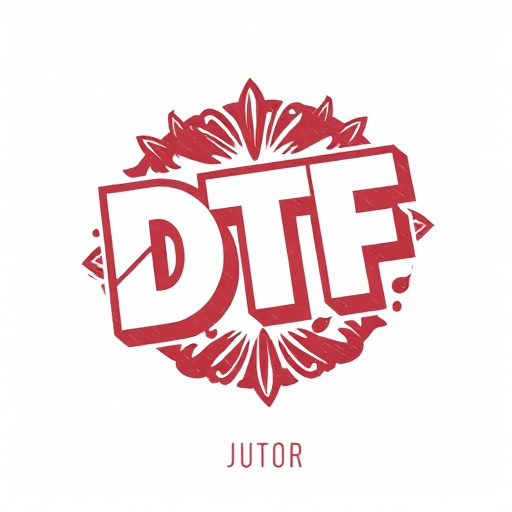
When comparing the quality of DTF Transfers (Direct-to-Film) and heat transfer vinyl prints, several key differences emerge. DTF Transfers, as the name suggests, apply ink directly to a film, which is then pressed onto the garment. This method offers superior print sharpness and detail, often achieving a nearly photo-realistic finish, especially for complex designs with fine lines and intricate elements. The direct application to fabric ensures the print adheres tightly, providing vibrant colors and a lasting, durable finish.
Heat transfer vinyl prints, on the other hand, use a carrier sheet that holds the cut-out vinyl design, which is then heated and pressed onto the garment. While this process allows for a wide range of designs, including those with curved surfaces or complex shapes, it generally produces a slightly lower print quality than DTF. The heat transfer method may result in slightly less crisp lines and potentially less vibrant colors, especially when compared to the direct ink-on-fabric approach used in DTF Printing and DTF Prints.
Cost Analysis: Uncovering the Financial Implications of Each Method
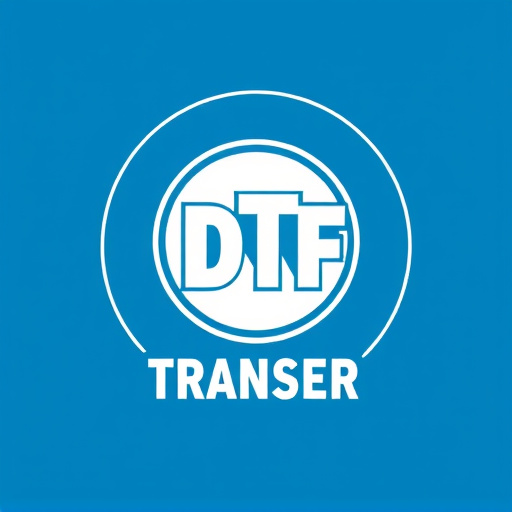
When comparing direct-to-film (DTF) transfers and heat transfer vinyl (HTV) options, cost analysis is a critical factor to consider. DTF transfers offer a more straightforward and cost-effective method for small-batch production or one-off prints. The process eliminates the need for complex setup and specialized equipment, making it an attractive option for those on a tight budget. Each DTF print typically incurs a lower per-unit cost, especially when producing smaller quantities, as there are no additional expenses tied to plate charges or set-up fees commonly associated with traditional printing methods.
On the other hand, heat transfer vinyl presents its own financial implications. While the initial investment in HTV machinery might be higher, it’s worth noting that this method allows for more complex designs and a wider range of color options. For high-volume orders, HTV can become more cost-efficient due to economies of scale. However, the per-print cost tends to be higher with HTV, especially when accounting for the consumables—the vinyl itself—which need to be replaced regularly. This can make DTF transfers a more economical choice for specific applications, particularly those requiring limited production runs or unique designs that might not justify the long-term investment in HTV technology.
Durability and Longevity: Assessing the Resistance of DTF and Heat Transfer Designs
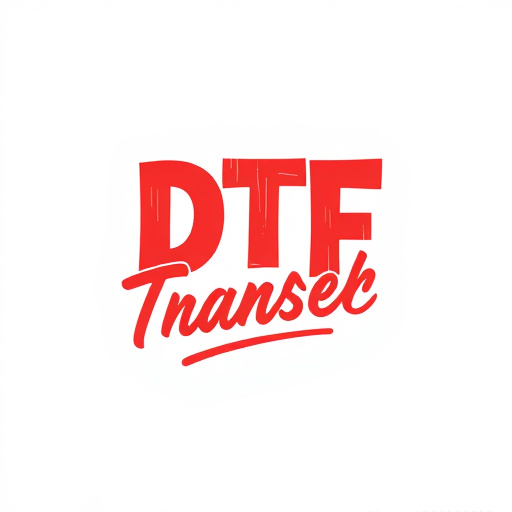
Direct-to-film (DTF) transfers and heat transfer vinyl (HTV) options offer distinct approaches to applying graphics to various surfaces, each with its own durability and longevity considerations. DTF transfers are known for their exceptional resistance to fading and chipping, making them a popular choice for outdoor applications and items exposed to harsh conditions. This durability is achieved through the direct application of ink onto the film, which then bonds strongly with the substrate during heat press. As a result, DTF prints can withstand washing, sun exposure, and physical wear and tear, ensuring their longevity.
On the other hand, heat transfer vinyl offers a different level of durability. While HTV is also designed to resist fading and damage, its application process involves transferring ink from a carrier sheet onto the substrate. This method provides a thin, flexible layer that may be less resistant to extreme conditions compared to DTF transfers. However, with proper application and care, heat transfer vinyl can produce vibrant, long-lasting designs for a range of items, including clothing and accessories. The choice between DTF and HTV depends on the specific use case, desired aesthetic, and exposure to potential damage.
Creative Flexibility: Exploring Design Possibilities with Both Techniques
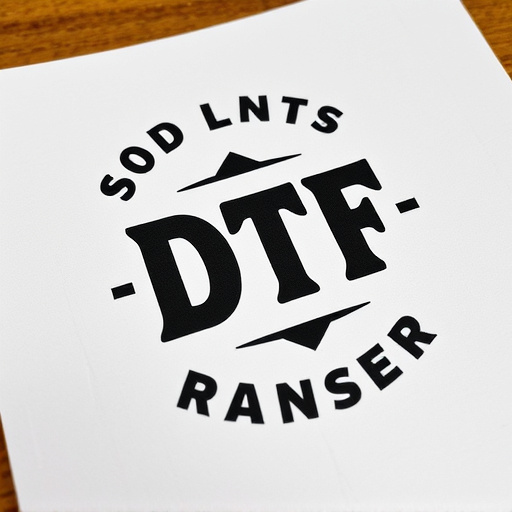
Direct-to-film (DTF) transfers offer a unique creative flexibility that sets them apart from heat transfer vinyl options. With DTF printing, designers can directly apply intricate patterns and artwork to various materials, including fabrics, wood, and metal, without the need for intermediate layers. This technique allows for a more seamless integration of designs, enabling the creation of visually stunning and high-quality prints with precise detail and vibrant colors.
In contrast, heat transfer vinyl requires a two-step process: first, applying the design to a carrier sheet using heat and pressure, then transferring it to the final substrate. While this method provides its own advantages in terms of durability and versatility, it limits creative possibilities somewhat. Heat transfer vinyl is best suited for simple designs and repetitive patterns, as complex or detailed artwork might be difficult to accurately reproduce during the transfer process. DTF transfers, on the other hand, cater to more artistic and customized design requirements, making them a preferred choice for those seeking unique and visually captivating outcomes.





